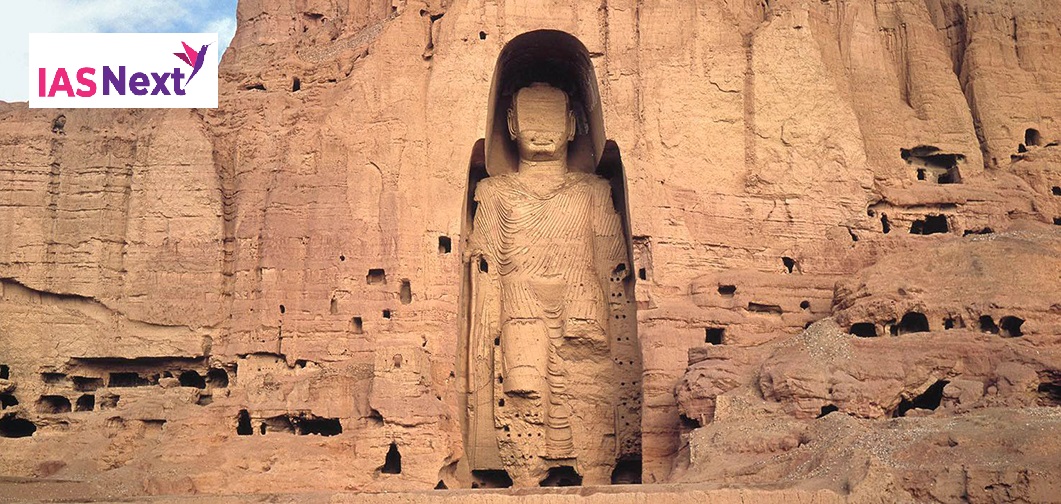CURRENT AFFAIRS
Get the most updated and recent current affair content on Padhaikaro.com
Who are Bamiyan Buddhas?
- IAS NEXT, Lucknow
- 05, Apr 2022

Reference News:-
The Taliban regime in Afghanistan assured the world of its intention to protect and conserve the Buddhist heritage in Mes Aynak.
- The earlier Taliban regime had destroyed several Buddhist related ancient sculptural and architectural treasures in Mes Aynak (2001). This naturally raised fears amongst many when the Taliban regime came back to power
- However, the regime has assured the world of its intention to conserve the diverse Buddhist heritage. One of the primary reasons behind this is to ensure investment in the country since the regime is facing economic hardships ever since it came to power.
About Bamiyan Buddhas
- The Bamiyan valley, in the Hindu Kush mountains, is situated along the river Bamiyan, and it was a key node of the early Silk Routes, emerging as a hub of both commercial and cultural exchange.
- The Bamiyan Buddha statues, hewn from sandstone cliffs, are said to have dated back to the 5th century AD and were once the tallest standing Buddhas in the world.
- These statues were examples of a perfect blend of Gupta, Sassanian and Hellenistic artistic styles.
- Salsal and Shamana (two of the tallest Buddha statues in the region) as called by the locals were razed by the Taliban regime in 2001
- In 2003, UNESCO included the remains of the Bamiyan Buddhas in its list of world heritage sites.
- To mark 20 years of their destruction, on March 9, 2021, the statue of Salsal was “recreated” — a 3D projection was beamed at the alcove where it had stood.